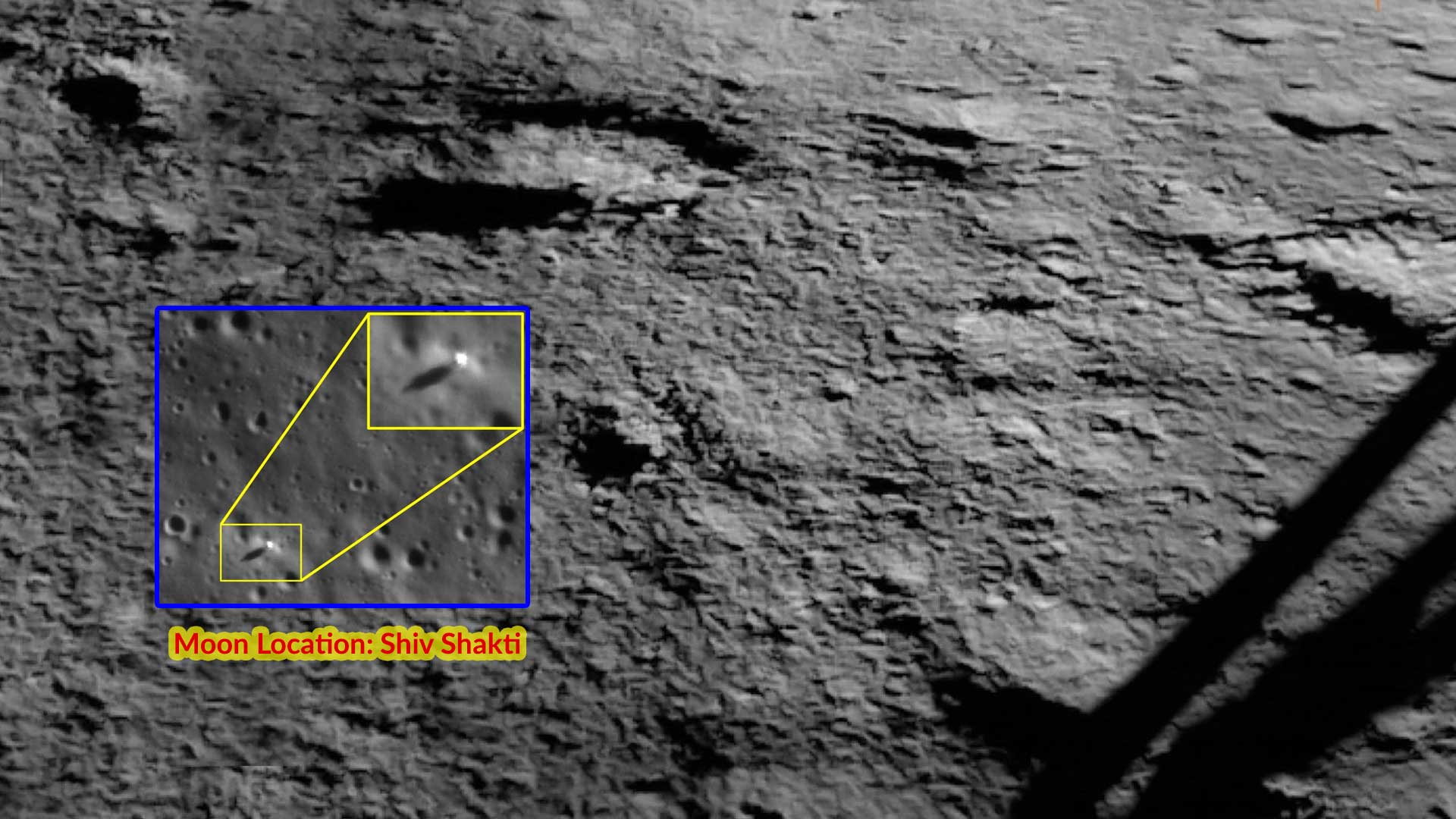- The recent announcement by the Prime Minister of naming the Chandrayaan-3 lunar lander’s touch-down site “Shiv Shakti” underscores the practise of naming major points on celestial bodies.
- The lunar surface is dotted with such names, each reflecting a long history of exploration and achievement.

The Outer Space Treaty and Lunar Ownership
- Global Exploration: As a celestial body, the Moon is not under the control of any single government. The Outer Space Treaty of 1966 states that outer space, including celestial bodies such as the Moon, is not subject to national sovereignty.
- Cooperation over competition: The Treaty encourages international collaboration in space exploration while discourages exclusive claims. It was created during the Cold War to encourage shared accomplishments and to limit problems caused by superpower competition.
The International Astronomical Union’s (IAU) Role
- The International Astronomical Union (IAU), which has 92 member countries, is crucial in naming planetary features, including the Moon’s surface points.
- Established Conventions: The International Astronomical Union (IAU) has regulated planetary and satellite nomenclature since its inception in 1919, with the goal of standardising naming practises for greater astronomical comprehension.
The Lunar Landmark Nomenclature Process
- Initiation: IAU task group members or investigators involved in mapping or describing specific surfaces make first naming suggestions for planetary features.
- Approval and review: Task groups and the Working Group for Planetary System Nomenclature (WGPSN) review proposed names. Successful names are officially recognised by the IAU and published into the Gazetteer of Planetary Nomenclature.
- Considerations and constraints: The IAU’s rules emphasise simple and straightforward names that are free of political, military, or religious connotations. Individuals can be honoured after a three-year posthumous period.
Legacy of Lunar Naming
- Influential Factors: The quality of photographs from spacecraft has encouraged naming. Craters on the far side were frequently named after scientists and engineers. Informal names given during missions were subsequently made official.
- Variability and Symbolism: Not all famous people are commemorated with conspicuous crater names. The choice may appear arbitrary, with scientific importance not ensuring crater-endowed eternity.
- Names from Greco-Roman mythology are permitted by the IAU for Jupiter and Saturn’s satellites. Giants, monsters, and descendants of mythological people have been added to the list of acceptable names sources.
Jawahar Sthal
- The probe impact site of India’s Chandrayaan-1 mission was called “Jawahar Sthal” in honour of Jawaharlal Nehru, India’s first Prime Minister. The gesture was inspired by his advocacy for scient
Source: https://m.timesofindia.com/india/chandrayaan-3-nothing-wrong-in-naming-of-lunar-landing-site-as-shivsakti-isro-chief-s-somanath/articleshow/103103956.cms
